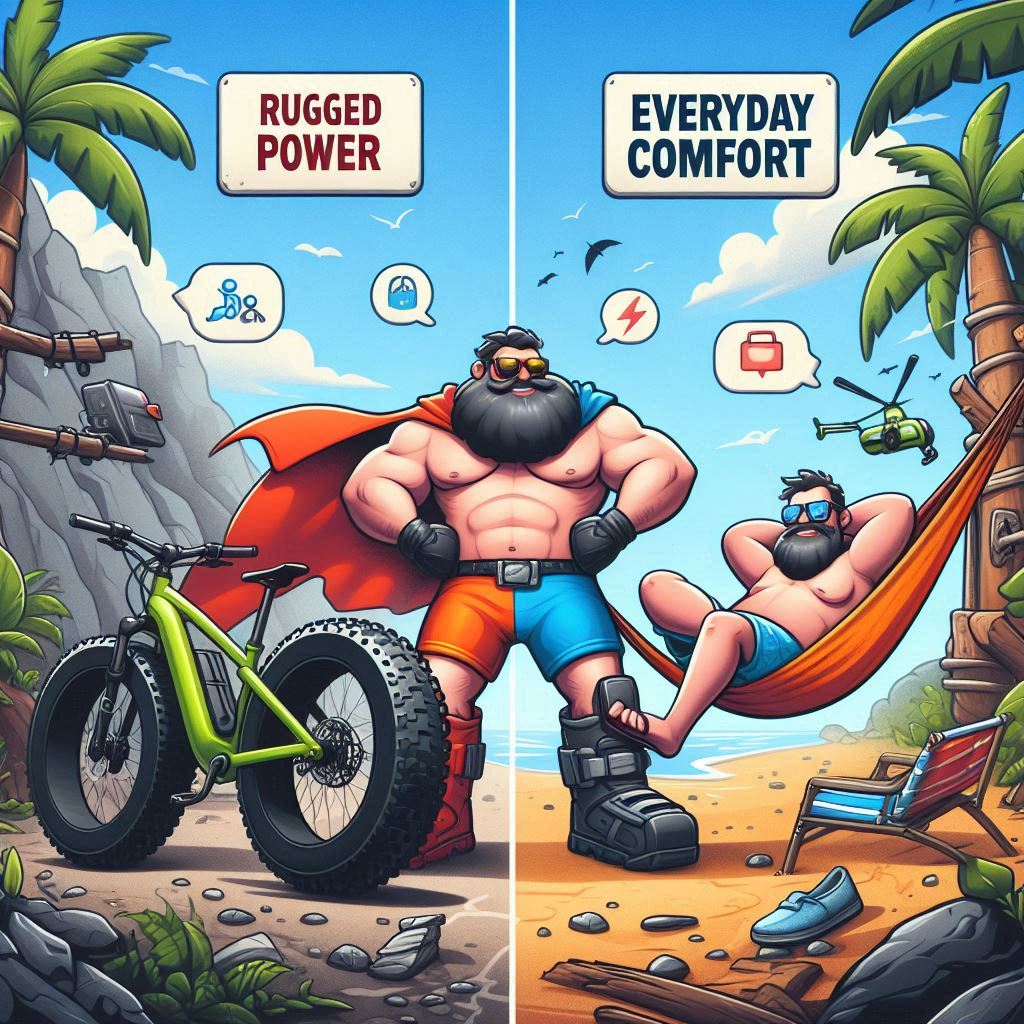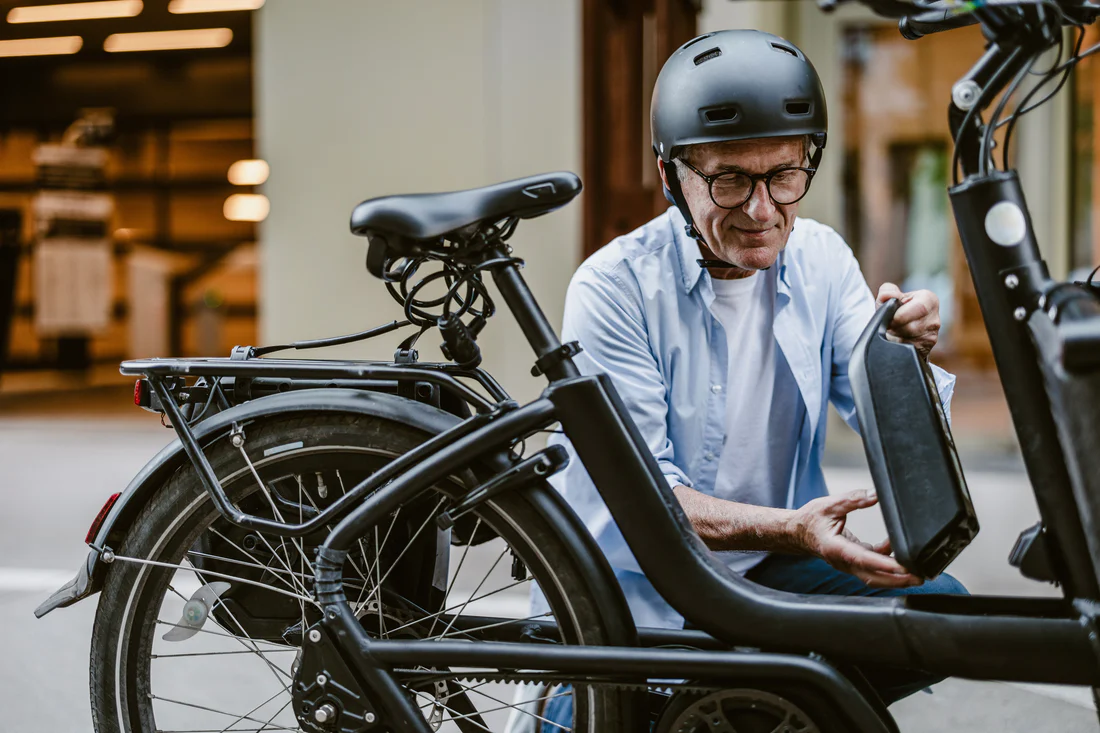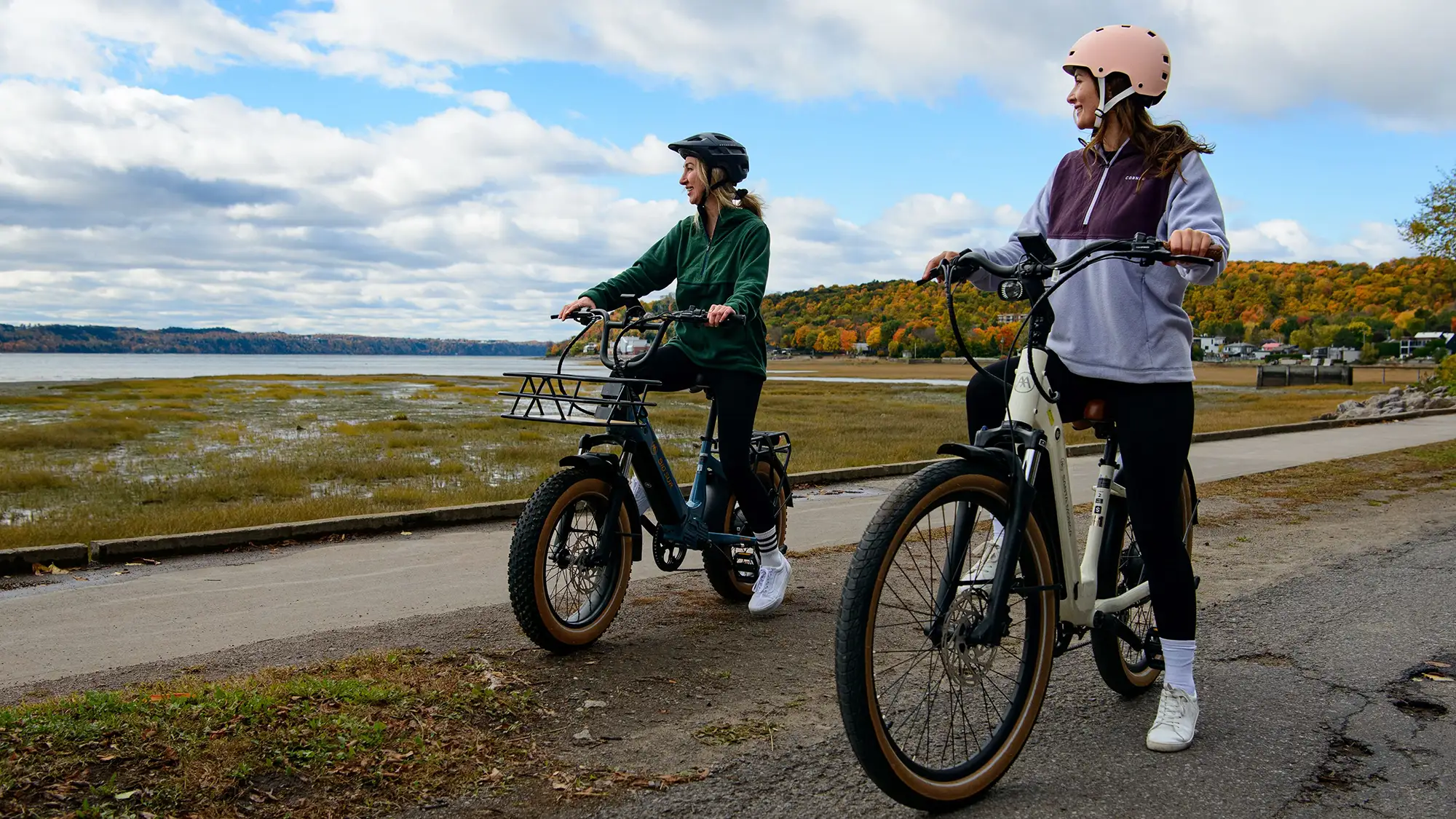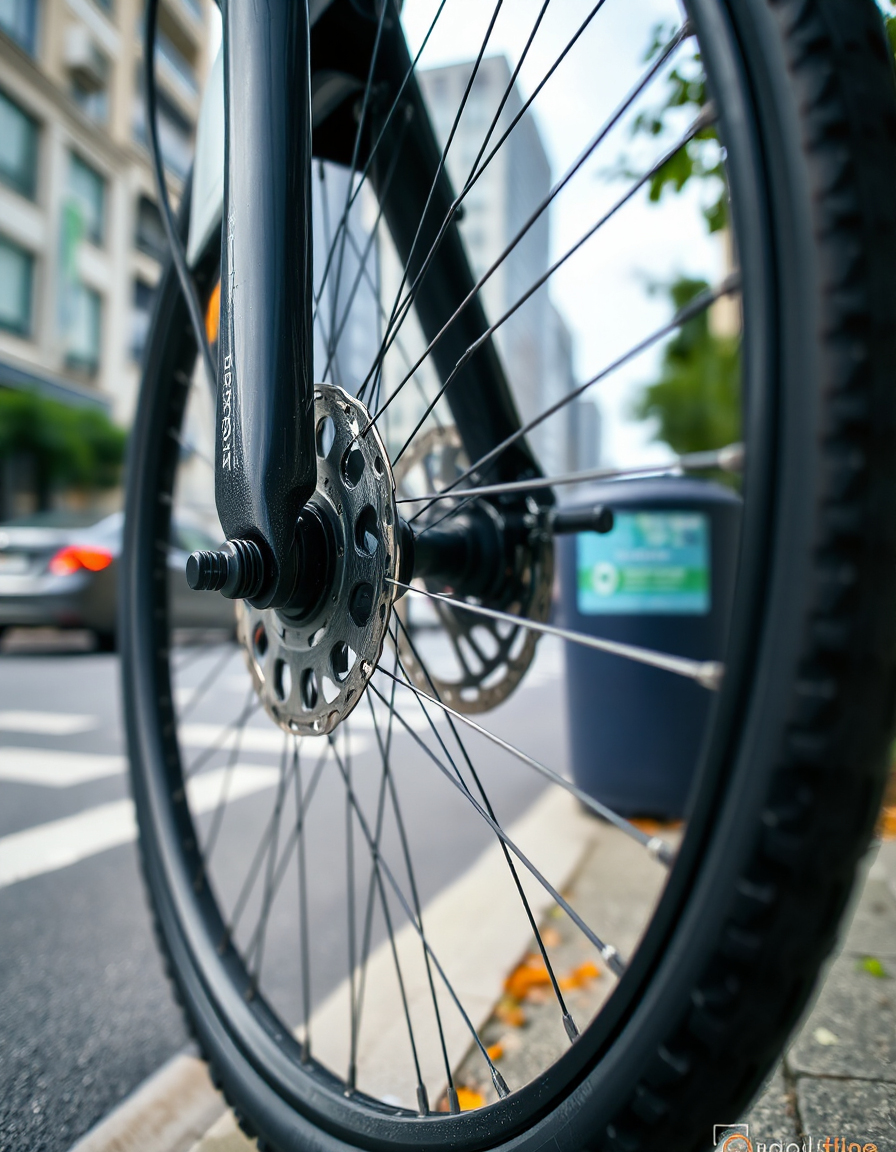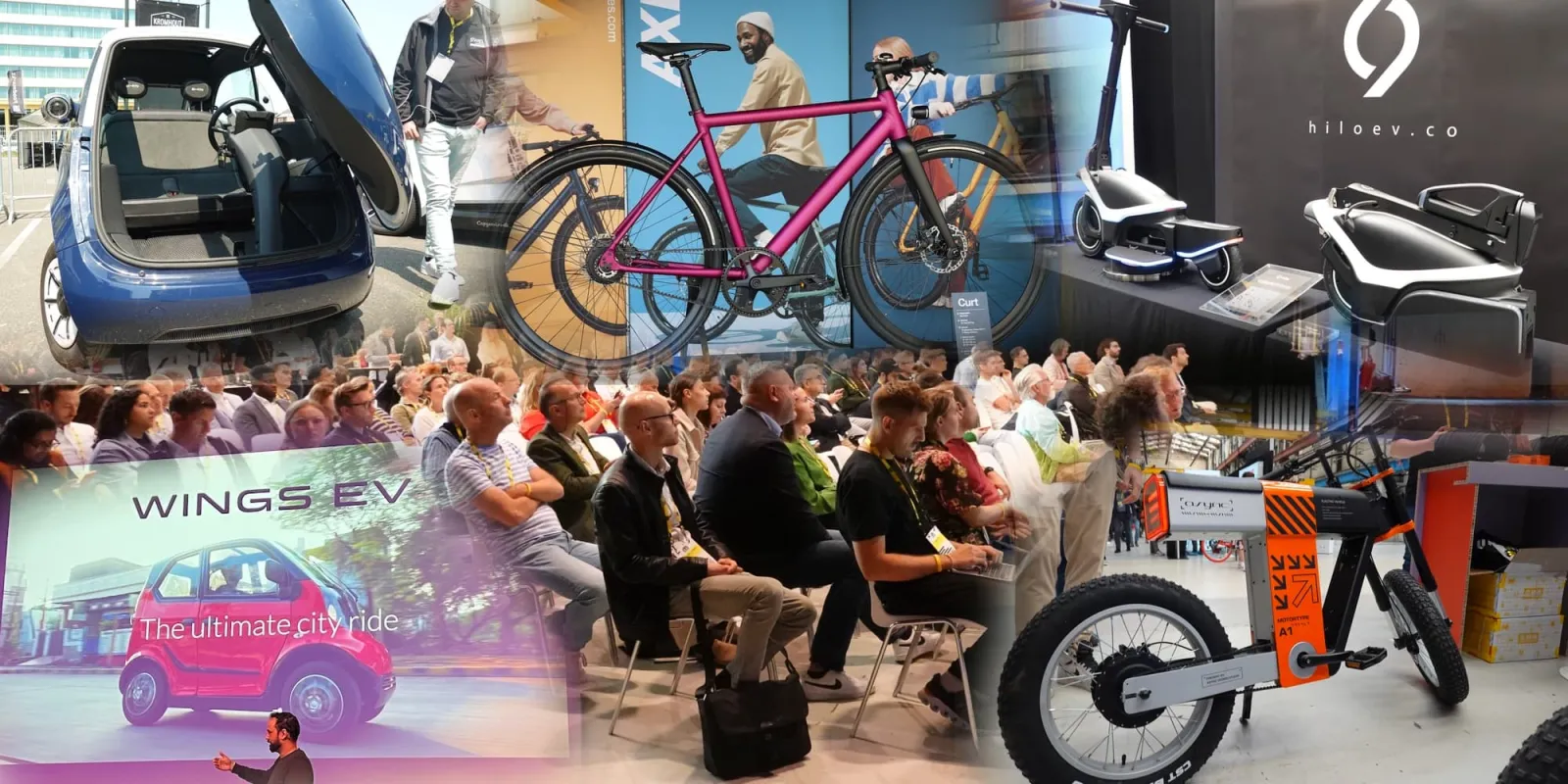Complete Breakdown: Minimum Legal Age to Ride an E-Bike Across Western Regions

Minimum Legal Age to Ride an E-Bike – Main Title
Ultimate Guide: Minimum Legal Age to Ride an E-Bike Across Western Countries
In recent years, electric bikes (e-bikes) have rapidly evolved from a niche trend to a mainstream mode of transportation. They offer an eco-friendly, affordable, and efficient way to commute—especially across dense urban areas in the U.S. and Europe. But as their popularity grows, one question keeps coming up among new riders and parents alike: What is the minimum legal age to ride an e-bike?
The minimum legal age to ride an e-bike isn’t universal—it changes depending on where you live, the classification of your bike, and the local traffic laws. In some countries, children as young as 14 can legally operate a pedal-assist bike, while in others, you must be 16 or even older to ride on public roads. These differences highlight the ongoing debate about balancing freedom of movement, safety, and technological progress.
Understanding the minimum legal age to ride an e-bike matters not just for legal compliance but also for safety and responsibility. Each country sets its rules based on factors like average traffic density, road infrastructure, accident statistics, and the typical power output of e-bikes available in the market. For instance, a low-powered pedal-assist bike may be permitted for younger riders, whereas high-speed “speed pedelecs” require licensing, insurance, or even registration.
For families, this guide provides a clear, country-by-country overview of the minimum legal age to ride an e-bike across Western nations. It explains why these age limits exist, what kind of bikes each rule applies to, and how parents can ensure that young riders develop safe habits from day one. Whether you’re in California, Berlin, Amsterdam, or London, understanding your local e-bike laws is the first step toward confident and responsible riding.
As e-bikes continue to reshape the way people move through cities, knowing the minimum legal age to ride an e-bike helps ensure riders enjoy the benefits of electric mobility—without breaking the law or compromising safety. This comprehensive guide is here to help you navigate those differences and make informed choices, wherever you ride.
Read More!
🛑 Legal Age Requirements by Country
The Minimum Legal Age to Ride an E-Bike varies widely across Western countries, reflecting different cultural attitudes, safety standards, and infrastructure readiness. While most nations set the minimum age between 14 and 16 years old, there are important nuances that every rider and parent should understand. Factors such as e-bike classification (pedal-assist, throttle-assisted, or speed pedelec), maximum motor output, and top speed all play a role in determining whether a young rider is legally allowed to operate an electric bicycle.
In general, the Minimum Legal Age to Ride an E-Bike depends on how the e-bike is categorized under national transportation law. A Class 1 e-bike, which only provides motor assistance while pedaling and stops at 25 km/h (15.5 mph), is usually the most accessible for younger riders. Class 2 e-bikes, which include throttle assistance, often face stricter rules, while Class 3 models—also known as speed pedelecs—are typically limited to riders aged 16 and above. For example, in the United States, each state sets its own requirements. You can explore detailed definitions of e-bike classes on the
U.S. Department of Transportation website.
These distinctions are more than bureaucratic details—they directly affect safety, insurance eligibility, and even where an e-bike can legally be ridden. For instance, in some European countries, riders below the Minimum Legal Age to Ride an E-Bike are prohibited from using high-speed models on public roads, even if accompanied by an adult. Countries like Germany and France emphasize early education and helmet use, while the Netherlands and the UK focus on bike power limits and proper registration for faster vehicles.
| Country | Minimum Age | Notes |
|---|---|---|
| United States | Varies by state (14–16) | Class 1 and 2 often allowed from age 14; Class 3 requires 16+ in most states |
| Germany | 14 | Applies to pedal-assist up to 25 km/h; faster pedelecs need a moped license |
| Netherlands | 16 | Standard e-bikes up to 25 km/h allowed; speed pedelecs require registration and insurance |
| France | 14 | Helmets mandatory under 18; riders under 14 restricted to pedal-assist only |
| UK | 14 | Only pedal-assist e-bikes under 250W and 25 km/h are street legal |
| Sweden | 15 | Standard e-bikes up to 250W and 25 km/h allowed; no license required |
As this table shows, there is no single rule for the Minimum Legal Age to Ride an E-Bike across Western countries. Instead, regulations adapt to local road conditions, cycling culture, and youth safety policies. Before purchasing or riding an e-bike, it’s important to check national and regional legislation—especially if you plan to travel or relocate with your electric bicycle. Staying informed ensures you remain compliant while promoting a culture of safe and responsible e-bike riding.
🔍 Why the Age Limit?
Understanding the reasoning behind the Minimum Legal Age to Ride an E-Bike is essential for anyone looking to comply with local regulations and ensure safe riding practices. While electric bikes are an eco-friendly and convenient mode of transport, they introduce new challenges in terms of safety, traffic behavior, and rider responsibility. The age limits set by lawmakers are not arbitrary—they reflect a careful balance between encouraging sustainable mobility and protecting younger riders from potential risks.
Most Western countries set the Minimum Legal Age to Ride an E-Bike between 14 and 16 years old. This range takes into account both physical development and cognitive maturity. Authorities recognize that while e-bikes offer independence and mobility to teenagers, they also demand a level of judgment and situational awareness that typically comes with age and experience.
- Safety Concerns: Modern e-bikes can reach speeds of 25 km/h (15.5 mph) or more—even higher for Class 3 or “speed pedelec” models. Younger children might not yet have the reflexes, coordination, or spatial judgment required to safely manage such speeds, especially in mixed traffic environments. Setting a minimum legal age to ride an e-bike ensures that only riders with a certain level of physical control are on the roads.
- Mental Maturity: Riding in urban traffic requires split-second decision-making, understanding of road signals, and anticipation of other drivers’ behavior. These skills improve with age, which is why countries like Germany, the UK, and the Netherlands have chosen to implement a clear minimum age requirement for e-bike riders.
- Infrastructure Readiness: Many city infrastructures were originally designed for slower, non-motorized bicycles. The growing number of electric bikes introduces a need for wider lanes, clearer signage, and separate paths for micro-mobility vehicles. Policymakers want to ensure that by the time younger riders start using e-bikes, the local infrastructure can support them safely. The European Commission on Micromobility regularly reviews these developments to harmonize safety standards across Europe.
Another critical factor influencing the Minimum Legal Age to Ride an E-Bike is insurance and liability. In several European countries, e-bikes exceeding 25 km/h or with motors over 250W require registration, a small license plate, and even third-party insurance. This ensures that riders—and their guardians when minors are involved—are aware of their responsibilities on the road and are financially protected in case of an accident.
Ultimately, these age limits exist to protect both the rider and the public. They help maintain order on shared roads and bike lanes, reduce accident risks, and promote responsible riding habits from an early age. As electric mobility continues to evolve, governments may continue adjusting the Minimum Legal Age to Ride an E-Bike in response to new technologies and safety data, ensuring that progress in transportation always goes hand-in-hand with public safety.
Suggested topics:
10 Mistakes to Avoid When Buying electric bikes
Complete U.S. E-Bike Laws Guide
E-Bikes and Batteries Recycling
AI and Smart Sensors
Smart Urban Riding Etiquette
🎥 Watch: Learn about Minimum Legal Age to Ride an E-Bike, safety laws, and regulation differences across states and countries. A must-see for parents, commuters, and new riders in 2025.
👨👩👧 Tips for Parents and Young Riders
For many families, electric bikes represent freedom, sustainability, and a practical way for teenagers to move independently. However, before handing the keys—or in this case, the handlebar—to a young rider, parents must understand how the Minimum Legal Age to Ride an E-Bike and local safety regulations apply to them. These rules are designed not only to protect children, but also to foster a sense of responsibility and awareness that will stay with them throughout their lives.
If you’re a parent considering buying an e-bike for your teenager, remember that meeting the Minimum Legal Age to Ride an E-Bike is only the first step. Proper training, gear, and supervision are equally important. Here are some essential guidelines to help ensure that young riders stay safe, confident, and compliant with the law:
- Choose a compliant model: Always verify that the e-bike meets your country’s regulations—usually limited to a 250W motor and a top speed of 25 km/h (15.5 mph). This ensures your child rides within the legal e-bike category for their age group.
- Prioritize protective gear: A certified, properly fitted helmet is non-negotiable, even in regions where it’s not legally mandated. Consider adding reflective vests, gloves, and knee pads for extra safety—especially for new or younger riders near the minimum legal age to ride an e-bike.
- Start in low-traffic environments: Before introducing your child to city streets, practice in parks, cycling paths, or quiet suburban areas. Gradually build their confidence, braking skills, and balance before tackling complex intersections or mixed traffic.
- Review local insurance and licensing requirements: Some countries require liability insurance or registration once an e-bike exceeds 25 km/h or 250W. Confirm whether your region enforces these policies to stay compliant and avoid unnecessary fines.
- Teach real-world awareness: Beyond the mechanics of riding, help your child learn situational awareness—checking mirrors, signaling turns, and respecting pedestrians. Building these habits early fosters safer and more respectful road behavior.
“Understanding the Minimum Legal Age to Ride an E-Bike isn’t just about following the law—it’s about creating safer, smarter, and more responsible riders for the future.”
Parents should also consider that the Minimum Legal Age to Ride an E-Bike often correlates with developmental readiness, not just legal status. Teenagers who are mature enough to handle real-world traffic, make sound judgments, and respect safety rules are far more likely to benefit from e-bike ownership. In contrast, allowing a younger or inexperienced rider to operate a high-powered e-bike too soon can increase accident risks and legal complications.
Ultimately, e-bikes offer young riders a valuable sense of independence, promote eco-friendly transportation, and encourage physical activity. But this empowerment must come with accountability. By following your country’s laws, respecting the Minimum Legal Age to Ride an E-Bike, and instilling safety habits early, parents can help ensure that the next generation of cyclists rides confidently—and responsibly—into a cleaner, smarter future.

